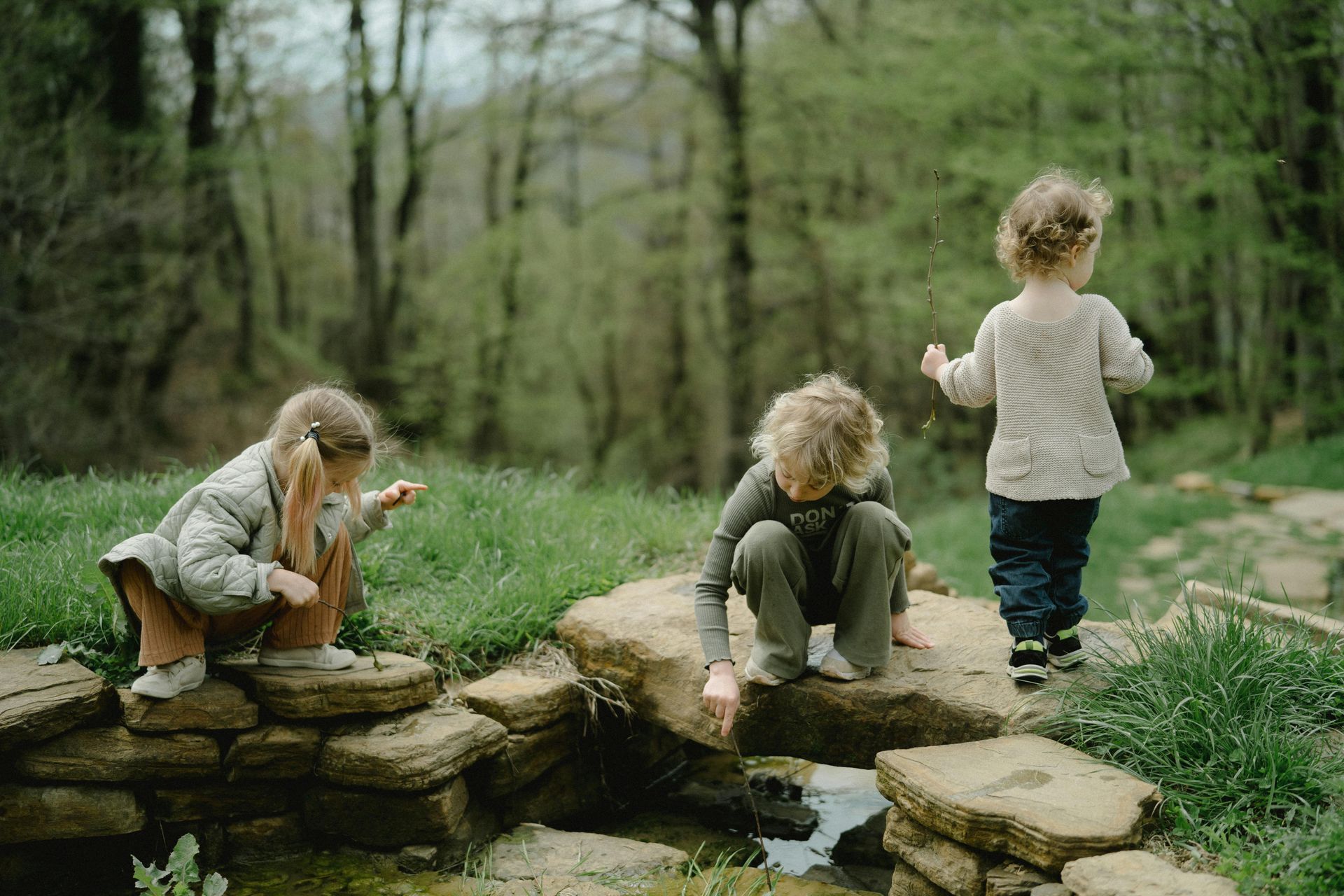
Nurturing Gratitude: The Montessori Way
At Pincushion Hill Montessori School we recognize that cultivating a spirit of gratitude in young children is not always easy, but it is a profound gift that can shape their outlook on life. How can you nurture this essential virtue in your child at home? By emphasizing independence, practical life skills, mindfulness, and respect for our shared environments, we believe that parents can help their children develop a deep and lasting sense of gratitude. Here are some key ideas that you can try at home:
- Encourage Independence: Independence is key to a child's development and a cornerstone of the Montessori approach. At home, provide opportunities for your child to make choices and take on age-appropriate responsibilities. By allowing them to do things for themselves, you foster a sense of capability and gratitude for their growing skills.
- Engage in Practical Life Activities: Montessori classrooms include practical life activities, such as pouring, washing dishes, and folding clothes, which teach children valuable life skills as well as core executive functioning, problem-solving, and motor skills. These activities can easily be incorporated into daily routines at home, helping children appreciate their contribution to the family and the practical aspects of life.
- Create a Gratitude Journal: Introduce your older child to the practice of keeping a gratitude journal. Each day, encourage them to write or draw something they are thankful for. This activity promotes mindfulness and reflection, helping them recognize the positive aspects of their lives.
- Explore Nature Together: In our classrooms, we place a particular emphasis on taking responsibility for the beauty and organization of our class environment and finding beauty in nature. Take nature walks, explore local parks, and engage in gardening activities with your child. Encourage them to observe and appreciate the beauty and wonders of the natural world, nurturing a sense of gratitude for the environment.
- Promote Mindfulness: Teach your child mindfulness techniques, such as deep breathing or meditation. These practices can help children become more aware of their feelings and surroundings, allowing them to focus on the present moment and appreciate it fully.
- Emphasize Grace and Courtesy: In the classrooms at Guidepost Montessori, we teach children grace and courtesy, which includes concepts of politeness, respect, and consideration for others. At home, reinforce these principles by modeling respectful behavior and encouraging your child to express gratitude through kind words and actions. Creating go-to routines provides clarity and empowers children to appreciate others and interact kindly.
- Offer Choices: Provide your child with choices whenever possible. This not only fosters independence but also allows them to recognize and express their preferences, leading to a greater sense of ownership and gratitude for their decisions.
Cultivating a spirit of gratitude in young children at home is a journey that aligns beautifully with our approach at Pincushion Hill Montessori School. Our commitment to fostering independence, promoting practical life skills, nurturing mindfulness, and respecting our shared environments mirrors the values that underpin the cultivation of gratitude. We believe that by embracing these principles, we not only enrich our children's lives today, but also contribute to the development of empathetic, self-aware, and responsible individuals over time.


